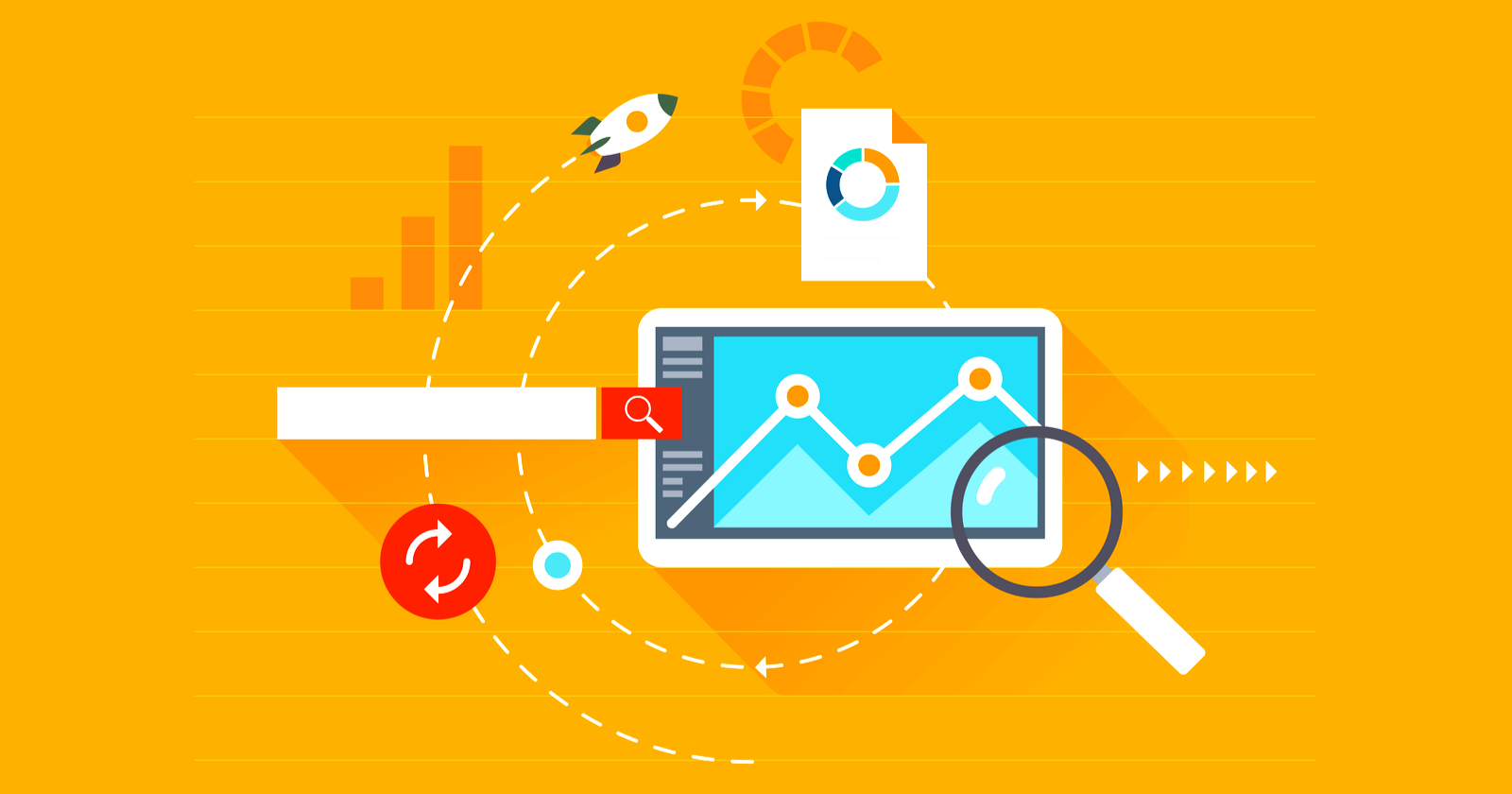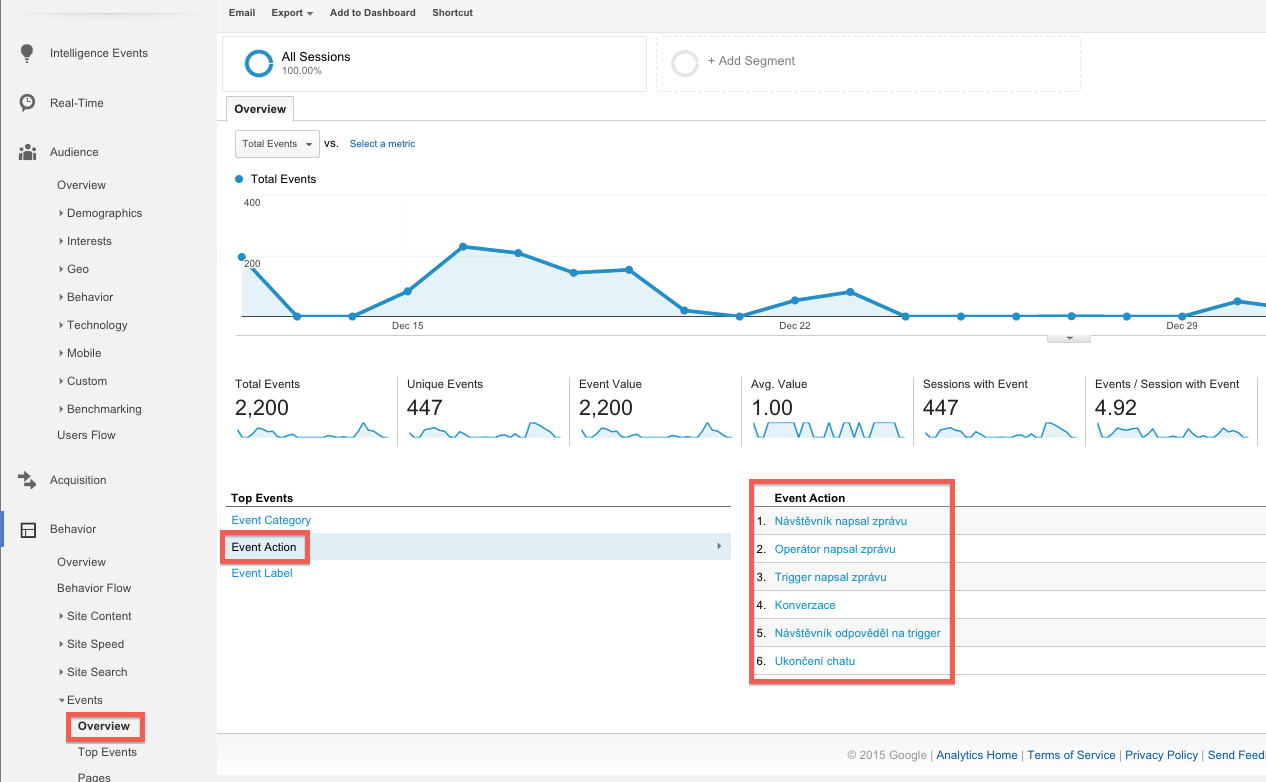Key Limitations: What Data Does Google Analytics Prohibit Websites from Collecting?
Key Limitations: What Data Does Google Analytics Prohibit Websites from Collecting?
Blog Article
Leveraging Google Analytics for In-Depth Insights Into Individual Habits and Involvement
In the electronic landscape where individual behavior and interaction hold the essential to online success, leveraging tools like Google Analytics has actually ended up being critical for companies looking for to comprehend their audience's communications with their platforms. This sophisticated analytics system uses a riches of information that can introduce elaborate information about exactly how customers browse websites, engage with content, and ultimately transform - what data does google analytics prohibit collecting. By using Google Analytics, organizations can reveal important understandings that exceed surface-level metrics, supplying a thorough understanding of customer behaviors and preferences
Comprehending Individual Behavior Via Google Analytics
Using Google Analytics offers an extensive understanding of individual behavior on digital platforms. By evaluating data such as the number of site visitors, their geographic locations, the pages they go to, and the actions they take, companies can acquire valuable insights right into how users engage with their applications or web sites. This details permits notified decision-making, allowing companies to maximize their on the internet visibility for improved user experience and interaction.
One secret element that Google Analytics helps to reveal is user website traffic patterns. By tracking metrics like the resource of web traffic, referral web links, and popular keywords, businesses can identify what drives users to their platform. what data does google analytics prohibit collecting. This understanding help in customizing advertising approaches to target specific demographics or passions successfully
Moreover, Google Analytics offers thorough reports on user interaction, showcasing metrics like bounce rates, session periods, and conversion prices. Comprehending these metrics provides beneficial feedback on the performance of web content, layout, and general customer experience, encouraging companies to make data-driven enhancements and drive better results. Essentially, Google Analytics acts as a powerful device for deciphering user actions and enhancing digital systems for success.
Analyzing Website Traffic Patterns
Recognizing the flow of traffic on a website is important for maximizing its performance and improving user involvement. Evaluating web site traffic patterns offers important understandings right into how users communicate with the website, what material they locate most engaging, and where they might be coming across barriers. By leveraging tools like Google Analytics, website owners can track metrics such as page sights, unique visitors, bounce rates, and average session period to obtain a detailed understanding of user habits.
Examining website traffic resources is critical in determining where site visitors are originating from, whether via organic search, social media, references, or straight web traffic. This info assists in customizing advertising strategies to target specific audiences effectively. Additionally, analyzing the behavior circulation within the internet site can highlight prominent touchdown pages, leave web pages, and one of the most common paths customers take via the website. Recognizing these patterns enables website proprietors to make enlightened choices concerning content positioning, navigating improvements, and overall website design to improve individual experience and drive conversions.
Tracking Individual Involvement Metrics
To deepen the understandings obtained from examining website web traffic patterns, it is essential to concentrate on tracking user interaction metrics. Customer engagement metrics supply valuable details concerning just how visitors interact with a website, indicating the degree of interest and fulfillment with the content. By tracking metrics such as bounce rate, ordinary session period, read this web pages per session, and conversion rates, website owners can comprehend the effectiveness of their content and user experience.
Bounce price determines the percentage of visitors who browse away from the website after seeing just one web page, indicating whether the web content is relevant and engaging. Ordinary session period exposes just how much time site visitors invest on the website, showing their degree of interest. Pages per session metric shows the average variety of pages site visitors view throughout a session, suggesting the deepness of exploration. Conversion rates track the percentage of visitors that finish a preferred activity, such as making an acquisition or filling out a type, mirroring the efficiency of the website in driving user activities. By evaluating these customer engagement metrics, site owners can make enlightened decisions to optimize their material and individual click experience to boost involvement and attain their goals.
Identifying Conversion Opportunities
Recognizing possible conversion chances is a critical facet of enhancing web site performance and attaining desired individual actions. Via Google Analytics, businesses can uncover useful understandings that can assist in identifying locations where individuals are handing over or not proceeding to the desired conversion activities. By evaluating metrics such as conversion rates, touchdown page efficiency, and individual circulation, companies can pinpoint prospective bottlenecks in the conversion process.

Additionally, utilizing Google Analytics' actions circulation feature can offer a graph of exactly how customers browse via the internet site. This can assist in determining prominent pathways as well as any type of obstructions that may be impeding conversions. By leveraging these understandings, services can maximize their web site for improved individual experience and boosted conversion prices.
Enhancing User Experience With Data-Driven Insights
By leveraging data-driven insights from Google Analytics, businesses can tactically optimize their website to enhance user experience and drive greater conversion rates. Recognizing customer actions with data analysis enables firms to tailor their sites to satisfy the specific requirements and choices of their target market. By recognizing key metrics such as bounce prices, session period, and prominent web pages, services can get valuable understandings right into how users engage with their website.
Google Analytics offers in-depth info on individual demographics, tools utilized, and even the particular actions tackled the website. This information enables businesses to make enlightened decisions on site layout, content placement, and overall user flow. By leveraging these understandings, companies can create an extra tailored and interesting user experience, leading to boosted satisfaction and commitment.
Furthermore, data-driven insights can help organizations identify discomfort factors in the user trip and implement targeted enhancements to simplify the conversion procedure. By constantly checking and evaluating user habits, businesses can adapt and maximize their web site to make certain a seamless and enjoyable experience for site visitors, inevitably driving higher conversion prices and optimizing service success.

Conclusion
Finally, Google Analytics gives useful insights right into customer behavior and interaction on click resources websites. By examining website traffic patterns, tracking interaction metrics, and determining conversion possibilities, businesses can make data-driven decisions to enhance the individual experience. Leveraging these insights can cause enhanced internet site efficiency and raised conversions.
By tracking metrics such as bounce price, typical session period, pages per session, and conversion prices, site owners can recognize the performance of their content and user experience.
Conversion prices track the portion of site visitors who complete a preferred activity, such as filling or making an acquisition out a form, showing the effectiveness of the site in driving customer activities. By analyzing these customer interaction metrics, internet site proprietors can make educated decisions to optimize their web content and individual experience to enhance engagement and attain their goals.
By leveraging these insights, businesses can maximize their website for boosted customer experience and increased conversion prices.
By leveraging data-driven understandings from Google Analytics, organizations can purposefully enhance their site to improve customer experience and drive greater conversion rates.
Report this page